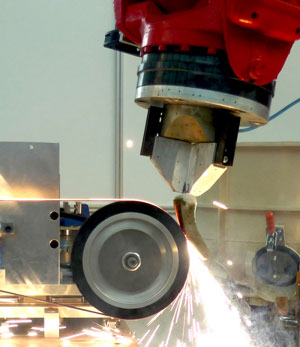 Compressor and turbine blades are important components in aircraft engines and gas turbines. When they become damaged, it is often cheaper to repair them than to buy replacements. Now there is a new robotassisted technique that is boosting efficiency.
Compressor and turbine blades are important components in aircraft engines and gas turbines. When they become damaged, it is often cheaper to repair them than to buy replacements. Now there is a new robotassisted technique that is boosting efficiency.
Jun 3rd, 2013
Read more
Students and teachers will have the opportunity to develop programming skills, design virtual game levels, animate stories, earn badges that lead to certifications, and win prizes for free this summer through the Robotics Summer of Learning. The initiative will focus on providing step-by-step lessons to make programming easy and prepare students for a STEM future. The program is sponsored by Carnegie Mellon's Robotics Academy and hosted online at the Computer Science Student Network.
May 30th, 2013
Read more
Eleven teams from across the country and around the globe are preparing to compete for $1.5 million during NASA's 2013 Sample Return Robot Challenge, June 5-7 at the Worcester Polytechnic Institute (WPI) in Worcester, Mass.
May 30th, 2013
Read more
 This year's RoboCup, the world championship series for intelligent robots, will be held from 26-30 June in Eindhoven (The Netherlands). The competition expects around 2500 contestants from around 40 countries, competing with their rescue robots, service robots, dancing robots and of course soccer robots.
This year's RoboCup, the world championship series for intelligent robots, will be held from 26-30 June in Eindhoven (The Netherlands). The competition expects around 2500 contestants from around 40 countries, competing with their rescue robots, service robots, dancing robots and of course soccer robots.
May 29th, 2013
Read more
The European project Robomate, aims to develop an exoskeleton for industrial applications.
May 29th, 2013
Read more
Inspired by the way plants grow toward light sources, a phenomenon known as phototropism, bioengineers from the University of California, Berkeley have created a hydrogel that could be manipulated by light.
May 29th, 2013
Read more
A robot in Cornell's Personal Robotics Lab has learned to foresee human action in order to step in and offer a helping hand, or more accurately, roll in and offer a helping claw.
May 28th, 2013
Read more
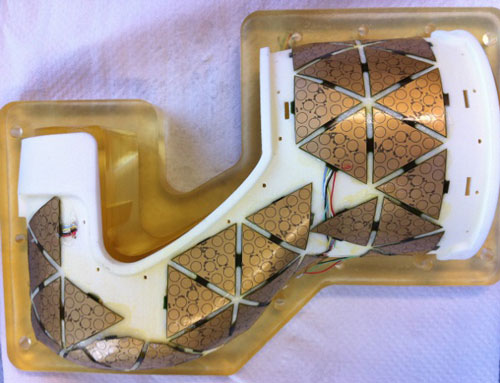 Robots could become a lot more 'sensitive' thanks to new artificial skins and sensor technologies developed by European scientists. Leading to better robotic platforms that could one day be used in industry, hospitals and even at home.
Robots could become a lot more 'sensitive' thanks to new artificial skins and sensor technologies developed by European scientists. Leading to better robotic platforms that could one day be used in industry, hospitals and even at home.
May 24th, 2013
Read more
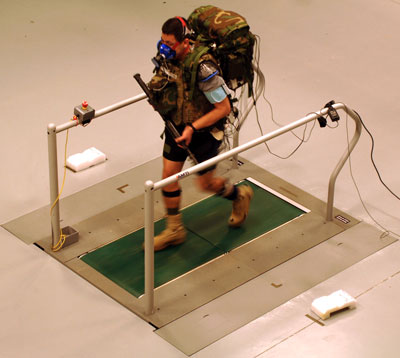 DARPA envisions Warrior Web augmenting the work of soldiers' own muscles to significantly boost endurance, carrying capacity and overall warfighter effectiveness - all while using no more than 100W of power.
DARPA envisions Warrior Web augmenting the work of soldiers' own muscles to significantly boost endurance, carrying capacity and overall warfighter effectiveness - all while using no more than 100W of power.
May 24th, 2013
Read more
DreamHammer today announced the pre-general release launch of Ballista, its drone control software. Ballista is an intelligent control platform that for the first time integrates unrelated unmanned drones and robots from different manufacturers into one system.
May 23rd, 2013
Read more
This video shows the perching mechanism that allows indoor flying robots to attach to vertical surfaces.
May 21st, 2013
Read more
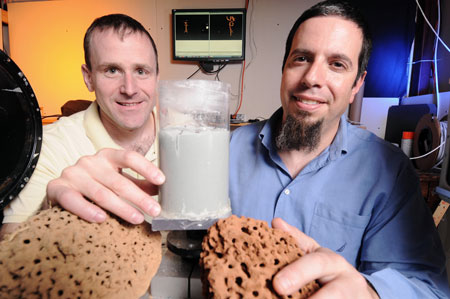 Future teams of subterranean search and rescue robots may owe their success to the lowly fire ant.
Future teams of subterranean search and rescue robots may owe their success to the lowly fire ant.
May 20th, 2013
Read more
Scientists achieve natural human-to-robot handoff motion.
May 20th, 2013
Read more
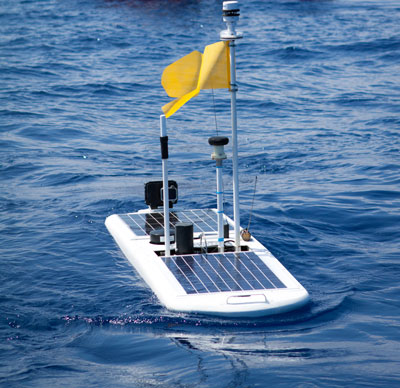 Liquid Robotics, an ocean data services provider and developer of the Wave Glider, announced it has been officially awarded the Guinness World Record for the longest journey of an unmanned autonomous surface vehicle.
Liquid Robotics, an ocean data services provider and developer of the Wave Glider, announced it has been officially awarded the Guinness World Record for the longest journey of an unmanned autonomous surface vehicle.
May 18th, 2013
Read more
The growing use of unmanned surveillance 'eyes in the sky' aircraft raises a thicket of privacy concerns, but Congress is getting mixed advice on what, if anything, to do about it.
May 18th, 2013
Read more
A new technique called LOBOT provides accurate, real-time, 3-D positions in both indoor and outdoor environments.
May 14th, 2013
Read more
The drive to decrease the ecological impact of production machines is leading manufactures to focus on novel ways to incorporate energy efficiency in the designing of new products. One answer is the first-ever badminton playing robot - designed to test a software application that optimises energy efficiency in machine design.
May 14th, 2013
Read more
 Having hospital visits from a robot may sound like a strange form of therapy, but according to robotics experts, they can be extremely helpful therapeutic devices.
Having hospital visits from a robot may sound like a strange form of therapy, but according to robotics experts, they can be extremely helpful therapeutic devices.
May 13th, 2013
Read more
 Compressor and turbine blades are important components in aircraft engines and gas turbines. When they become damaged, it is often cheaper to repair them than to buy replacements. Now there is a new robotassisted technique that is boosting efficiency.
Compressor and turbine blades are important components in aircraft engines and gas turbines. When they become damaged, it is often cheaper to repair them than to buy replacements. Now there is a new robotassisted technique that is boosting efficiency.
 Subscribe to our Robotics, AI & SmartTech News feed
Subscribe to our Robotics, AI & SmartTech News feed




